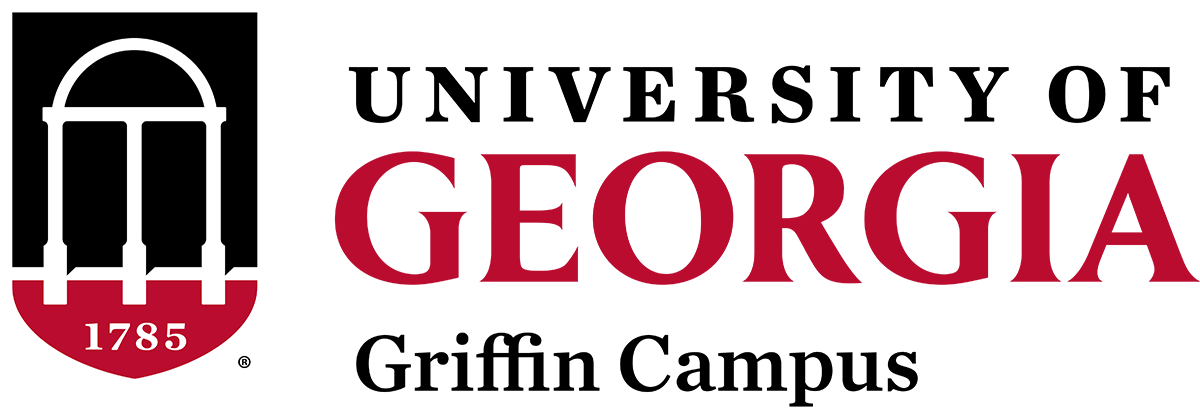
More than 150 women and men convened Wednesday on the University of Georgia campus in Athens, Georgia, and at satellite sites in Griffin and Tifton, Georgia, for the inaugural Women in Agriculture Leadership Initiative Luncheon. Following on the heels of the UGA-led Southern Region Women’s Agricultural Leadership Summit in February, the lunch was the first in a series of events aimed at building a stronger professional network for women working in agriculture.
“I was very excited about the great turnout we had, as well as the great diversity of backgrounds, colleges and interests represented at the inaugural leadership luncheon,” said College of Agricultural and Environmental Sciences (CAES) Associate Dean for Extension Laura Perry Johnson. “I was glad to see that this is a topic that so many people are interested in discussing.”
Women make up 30 percent of the nation’s farmers and almost half of employees in agricultural firms, but they are still underrepresented in terms of farm ownership and on the boards of companies and agricultural advocacy groups.
As part of February’s summit, delegations from 13 Southern states came together to produce a list of recommendations meant to help women embrace leadership roles in agriculture.
This week, the summit’s organizers released a report on those themes and recommendations. The full text of that report will be available online at womeninag.caes.uga.edu.
The report was produced as a result of the deliberations of more than 150 women, representing government agencies, farms, the Cooperative Extension System and agriculture-related industries, during the summit. With facilitators from the university’s J.W. Fanning Institute for Leadership Development, the women tackled three questions: what should be continued in order to support increased opportunities for women in agricultural leadership; what should be stopped that’s causing barriers to women having leadership roles; and what should be started in order to support leadership activities for women in agriculture.
Three major themes surfaced as a result of this discussion: the need for women to support each other as they strive to lead in agricultural agencies and companies, the need for formal mentoring programs to cultivate young female leaders and the need for women to embrace traditional and nontraditional roles and new leadership challenges.
The summit delegates also generated a list of specific recommendations for women working in agriculture and for the companies, organizations and nonprofits with which they work. These included the need for companies, organizations and nonprofits to recognize the value of diversity on their boards and in their leadership structures, to support leadership development for all employees, to find ways to support women in managing the work-life balance and to seek out women for leadership roles within the company.
They also included recommendations that women challenge their comfort zones and accept tough leadership roles, find intentional ways to support other women in the workplace and develop relationships with mentors in the field.
“When it comes to feeding the world, solving the problem is now more a question of access,” said Lauren Griffeth, Extension leadership specialist with the CAES Department of Agricultural Leadership, Education, and Communication. “Diversifying our leadership base will help agriculture continue to solve unique challenges in innovative ways. As women in agriculture, we can feel confident that these research-based recommendations are more than just casual conversations; they provide a solid foundation that will help us improve our leadership.”
In addition to recommendations generated by summit participants, the report includes a how-to guide for women around the state and in other states to hold their own localized summits. Johnson hopes that the summit and leadership initiative launched at UGA will provide a model for similar leadership development networks around the country.
“It takes many different types and kinds of people with many different types of skills to do this,” Johnson said. “By working together and pooling our resources, we are so much stronger. We will definitely keep this conversation going.”
For a full schedule of upcoming UGA Women in Agriculture Leadership Initiative events, visit www.womeninag.caes.uga.edu and join the initiative’s mailing list womeninag.caes.uga.edu.
